“How long does it take to know a place?…Abstract knowledge about a place can be acquired in short order if one is diligent. The visual quality of an environment is quickly tallied if one has the artist’s eye. But the ‘feel’ of a place takes longer to acquire. It is made up of experiences, mostly fleeting and undramatic, repeated day after day and over the span of years. It is a unique blend of sights, sounds, and smells, a unique harmony of natural and artificial rhythms such as times of sunrise and sunset, of work and play. The feel of a place is registered in one’s muscles and bones… . Knowing a place, in the above senses, clearly takes time. It is a subconscious kind of knowing.”– Yi-Fu Tuan
****
I have the good fortune to live next to a respected taxonomist, whose suburban yard overflows with hundreds of native plants. Once, I asked him the best way to go about increasing my own knowledge of the natural world. He thought for a moment, then said, “Look at your backyard, Cindy. Each day, learn a different plant you find there.”
Such simple advice. So difficult to take. Because of course, it requires…time.

Dr. Yi-Fu Tuan, University of Wisconsin-Madison professor of geography emeritus, writes, “How long does it take to know a place? Modern man, he says, is so mobile “that he has not the time to establish roots; his experience and appreciation of place is superficial.”

Time. We race around, doing things, going other places. Knowing where we live is one of the the casualties. How often I have heard people say, “I wish I had more time… ” “I just don’t have enough time… ” “If only I had time to… ” “There aren’t enough hours in a day… ” “If only I didn’t have to sleep… .” I’ve said most of the same things myself. With hours in such short supply, should we despair of ever finding time to really “know” where we live? Much less, even something as seemingly simple as the names of the plants in our backyards?
Yes, it takes time to know a place. But, as Tuan also writes, even “an intense experience of short duration…can alter our lives.”

All of us may attest to the power of short but memorable outdoor experiences that helped us know a place. My list of those experiences might include memories as simple as a childhood playspace under a forsythia bush.
A particular sunset.

The coyote on a prairie trail in the rain, going about her business, oblivious to me sitting a few feet away. Sandhill cranes unexpectedly landing all around me in a field. An unexpected cloud of ebony jewelwing damselflies arising from a stream bank. Finding a fawn.

You soak these moments into your bones; they permeate your subconscious mind, they echo through your dreams. These intense experiences inform the way you feel about a place. You don’t forget.

But, you have to be there to have the experiences. You have to show up. Even if it is only to sit in your backyard to key out plants, a field guide in one hand, the unknown green leaf in the other. You set aside time to let those moments happen. Or, at the very least, you cultivate an awareness that allows you to be awake to those moments when they do happen. To stop and pay attention to the moment.

These moments are often unscripted. One evening, more than a dozen years ago, I sat in my car in the high school parking lot, waiting for my children’s band lessons to end. I turned the ignition off and rolled down the window. The parking lot was unusually quiet. I watched geese lift off the football field and pull together the scarf of the sunset with their black, bowling pin shaped bodies, on their way to Hidden Lake nearby. A few clouds scrolled across the sky. The hot asphalt, the tic-tic-tic of the car cooling down, and drift of music from the band room were unlikely elements of anything special. The high school parking lot is a bland spot to have any intense experiences about place. But I can still frame that sky, those geese, that place in my memory, more than a decade later. There was an intensity of that moment, and one that was unplanned. It helped wake me up to where I lived at a time when I was struggling to pay attention to my life.

Now, when I become cynical or jaded about the natural world, I’ll go looking for those moments intentionally. Usually, I head to my favorite prairie trail nearby, and take a walk. If this fails to wake me up, I’ve found seeing the prairie with a child often often opens it to me in a new way again.

If you’ve walked with a child, you know they don’t feel the press of time as we do. In summer, they are perfectly content to stop and watch bees work flowers for a good long while, or in winter, explore the holes prairie voles make in snow—look for the entrance and exit spots, mark them with sticks. A child thinks nothing of taking a net outside to catch butterflies in November. And why not? To a child, nothing is yet impossible.

I need these reminders to slow down. To pay attention. To remember what it was like to be a child, to not use a calendar, to not have a to-do list. To feel time in the way a child does. Recapture that feeling that nothing is impossible, even in November.
I walk the prairie alone today—in November, yes, when much of what is going on in my life does seem impossible and completely unsolvable. This place, this prairie where I walk, is woven into my muscles and bones; it runs in my blood. I’ve walked it almost 20 years now. In my memory are the fires of prescribed burns I’ve helped set that have kept the tallgrass alive and vibrant.

Ahead months away, in my imagination, are the blooms and grasses of summer, those rather iconic stereotypical pale purple coneflowers and Culver’s root; bright orange butterfly weed and yellow coreopsis; all the colors and pageantry of a landscape gone wild and rich with buzz and bloom; diversity and joy.

Today, in real time, I hike a more subdued November prairie, its life ebbing; someone seemingly stepping on the brakes; the winds tinted with chill; the sun slanted toward the horizon; blackened stalks stark against the color-drained grasses. And yes. Seedheads shattering into the promise of something new. At least I tell myself this. I believe it because I’ve been on this trail at this time in this place before. And I’ve seen the cycle happen, again and again.
 I’m content knowing I’m storing this walk, this sunset, this experience away in my memory. Building my relationship with the land. Continuing to develop a “feel” for a place I’ve loved for a long time, and still want to know better.
I’m content knowing I’m storing this walk, this sunset, this experience away in my memory. Building my relationship with the land. Continuing to develop a “feel” for a place I’ve loved for a long time, and still want to know better.
Time well spent.
****
The opening quote is taken from Dr. Yi-Fu Tuan’s (1930-) Space and Place: The Perspective of Experience, which offers fascinating glimpses into our relationship with both the natural and built environment. His book never fails to provoke me to thinking more deeply about the places where I spend my time and how and why I spend it as I do.
All photos copyright Cindy Crosby (top to bottom): white wild indigo (Baptisia alba), Schulenberg Prairie, The Morton Arboretum, Lisle, IL; two-track in spring, Schulenberg Prairie, The Morton Arboretum, Lisle, IL; tall coreopsis (Coreposis tripteris), Schulenberg Prairie, The Morton Arboretum, Lisle, IL; sunset, Schulenberg Prairie, The Morton Arboretum, Lisle, IL; white-tailed fawn (Odocoileus virginianus) Nachusa Grasslands, The Nature Conservancy, Franklin Grove, IL; switchgrass (Panicum virgatum), Schulenberg Prairie, The Morton Arboretum, Lisle, IL; eastern amberwing dragonfly (Perithemis tenera), Schulenberg Prairie, The Morton Arboretum, Lisle, IL; little wood duck (Aix sponsa), Nachusa Grasslands, The Nature Conservancy, Franklin Grove, IL; smooth sumac (Rhus glabra), Schulenberg Prairie, The Morton Arboretum, Lisle, IL; netting butterflies in the off season, Schulenberg Prairie, The Morton Arboretum, Lisle, IL; prescribed burn, Schulenberg Prairie, The Morton Arboretum, Lisle, IL; summer on the Schulenberg Prairie, The Morton Arboretum, Lisle, IL; sunset, Schulenberg Prairie, The Morton Arboretum, Lisle, IL.
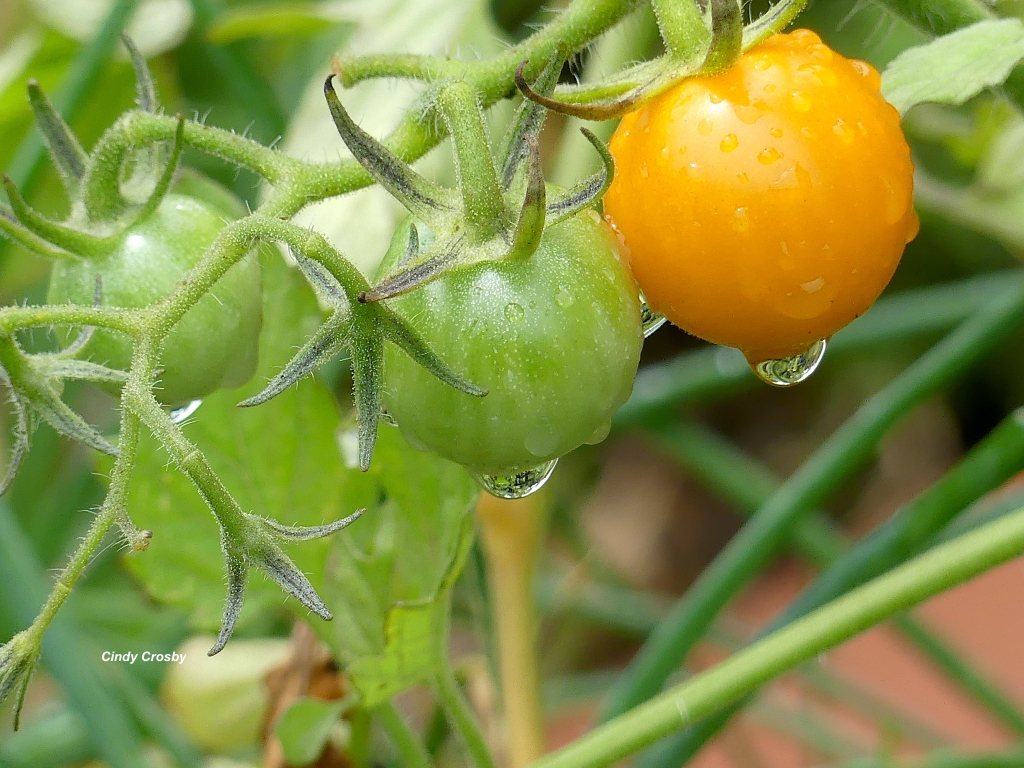
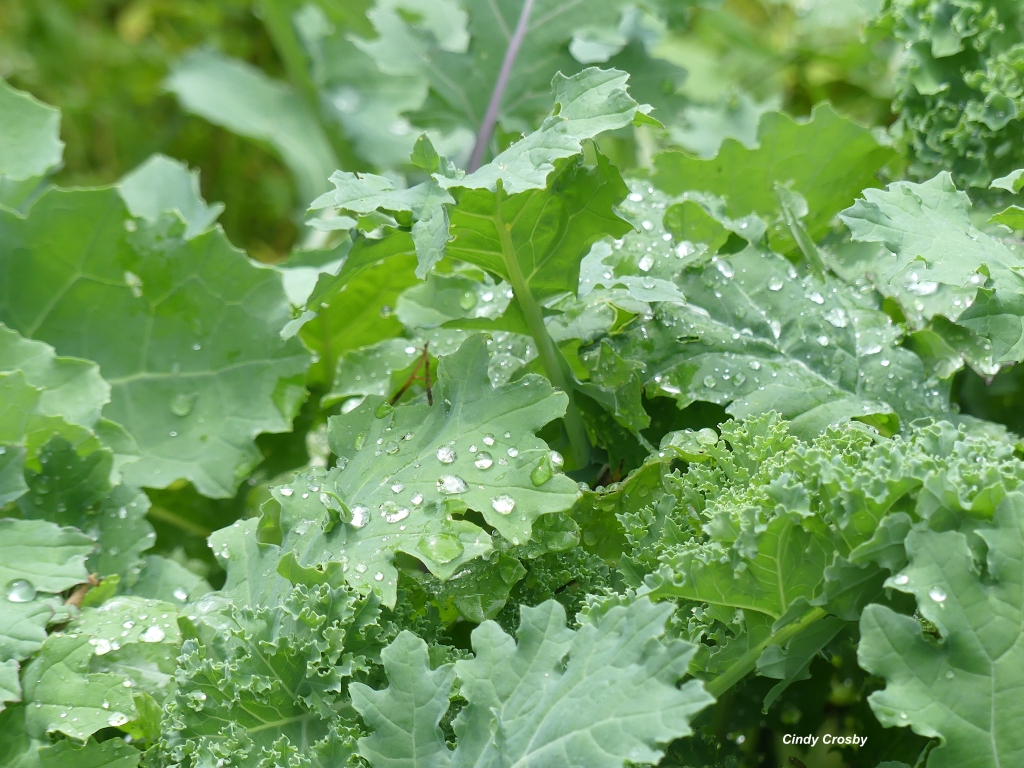
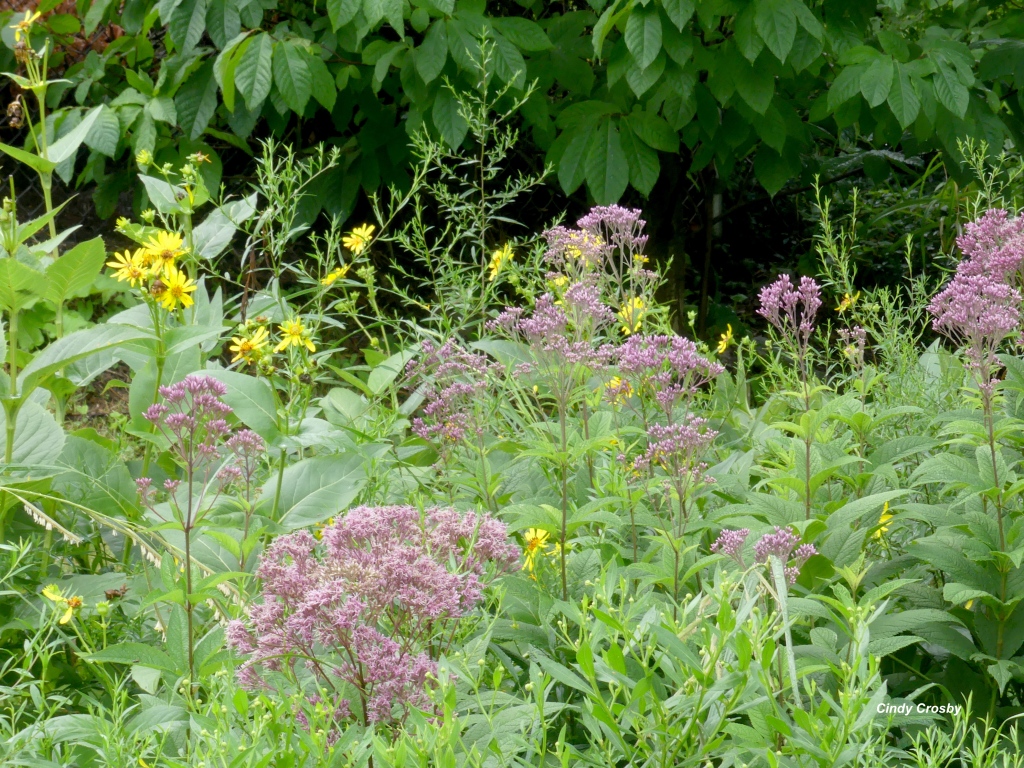
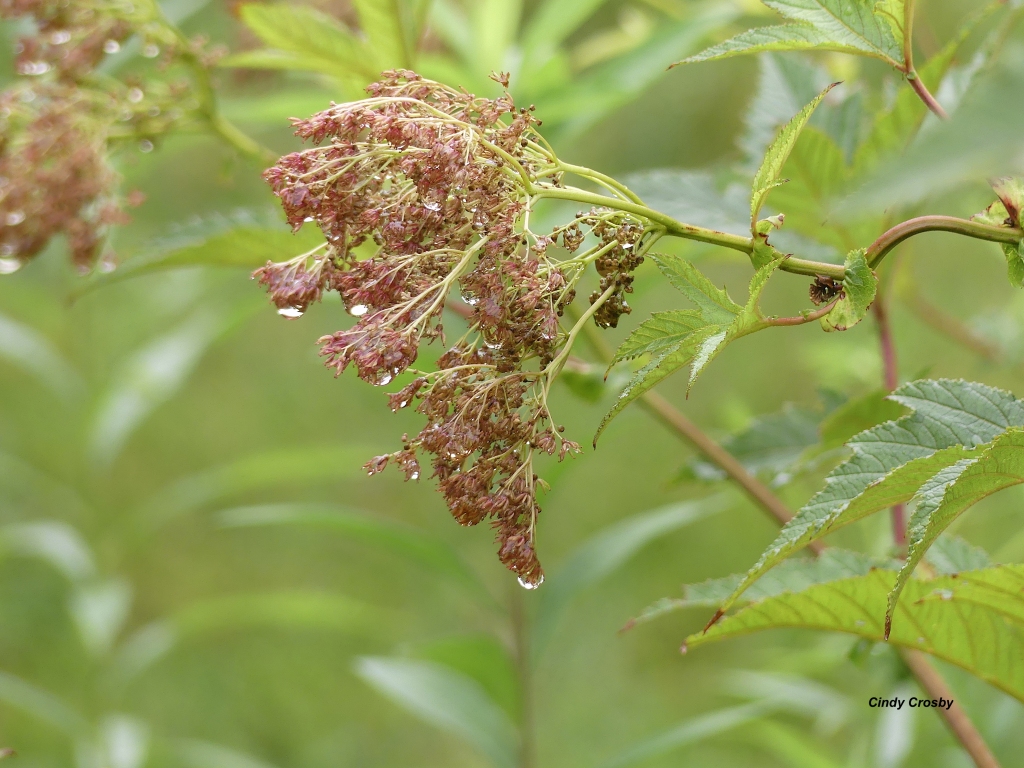
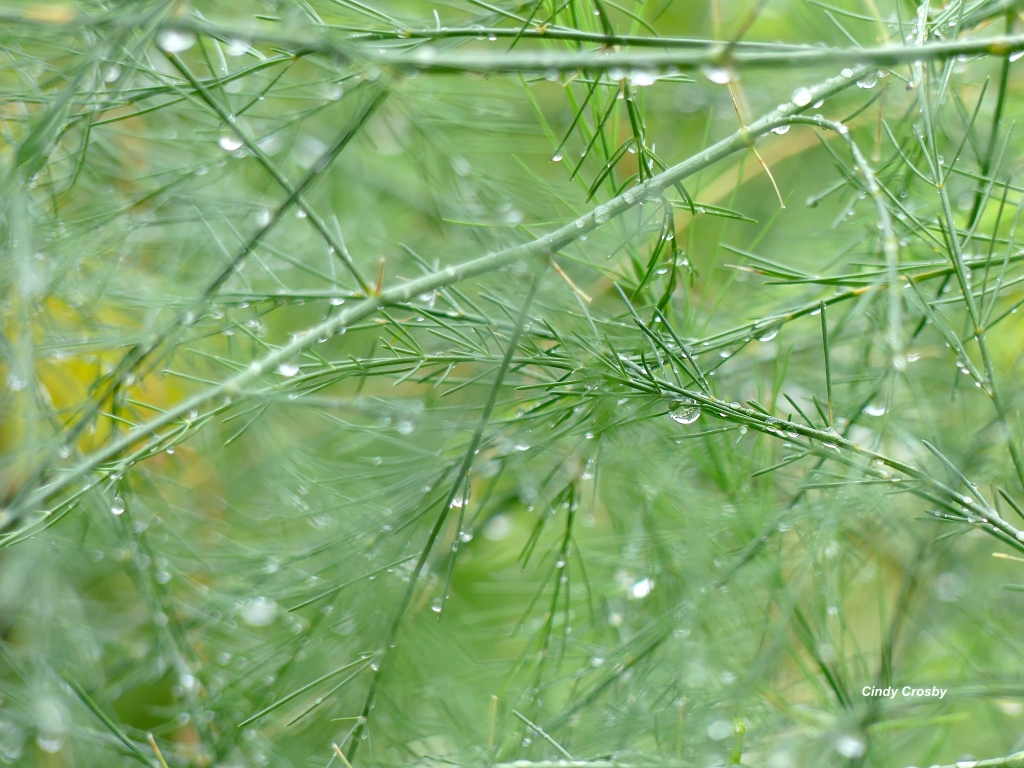
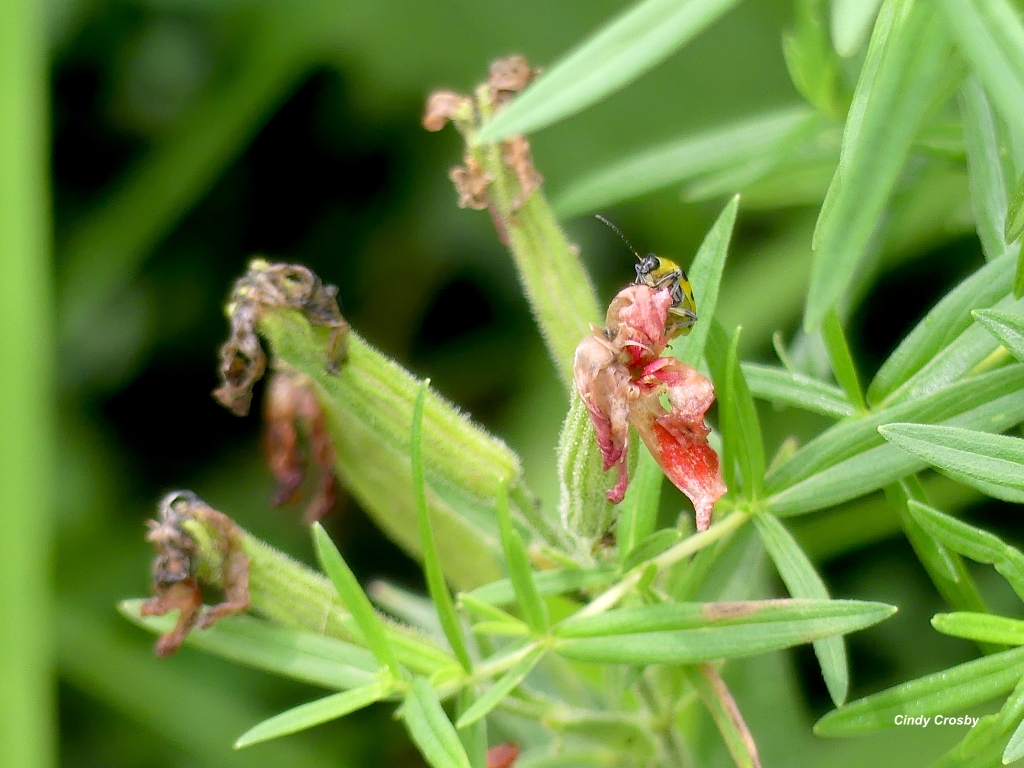
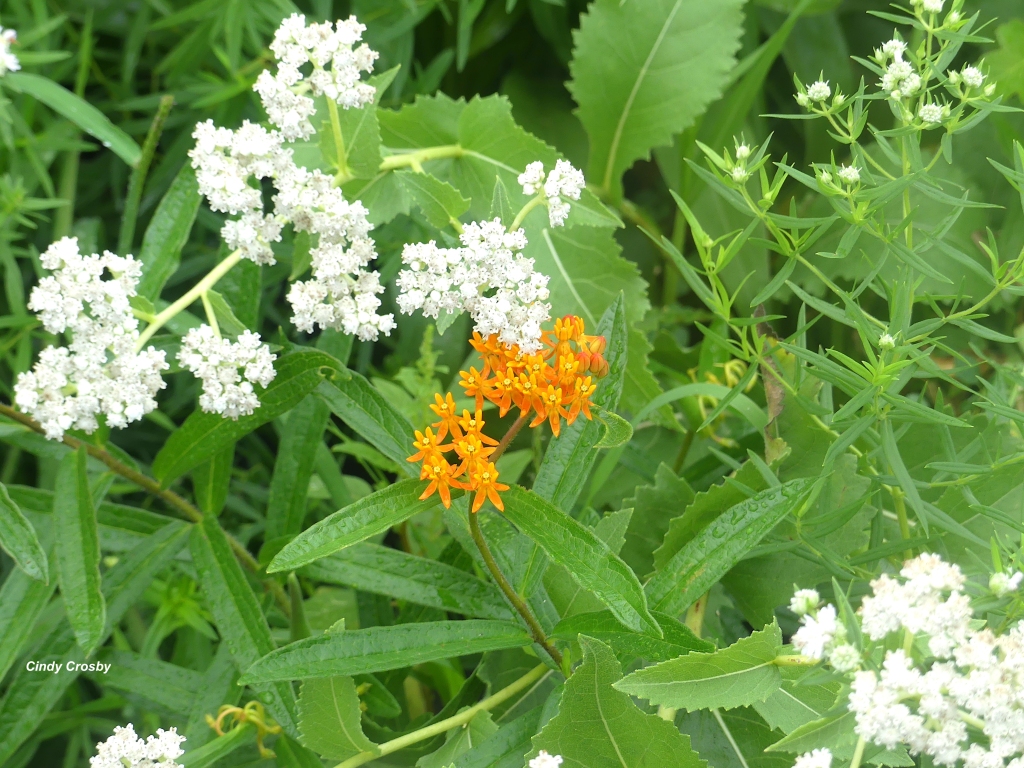
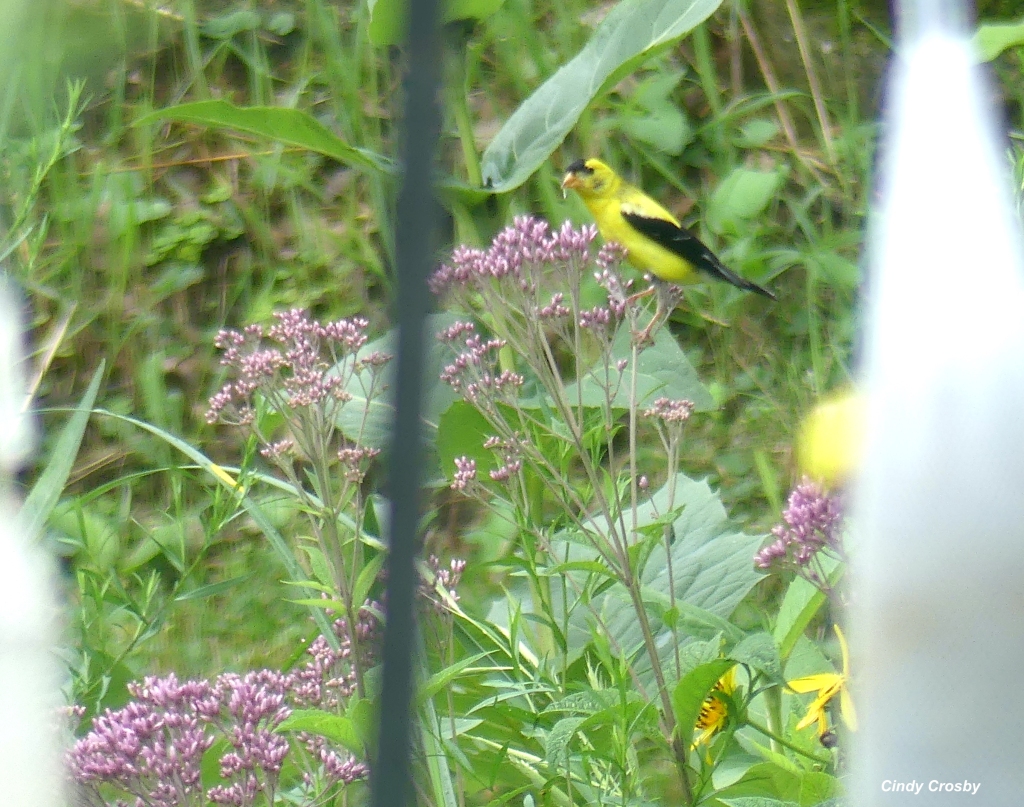

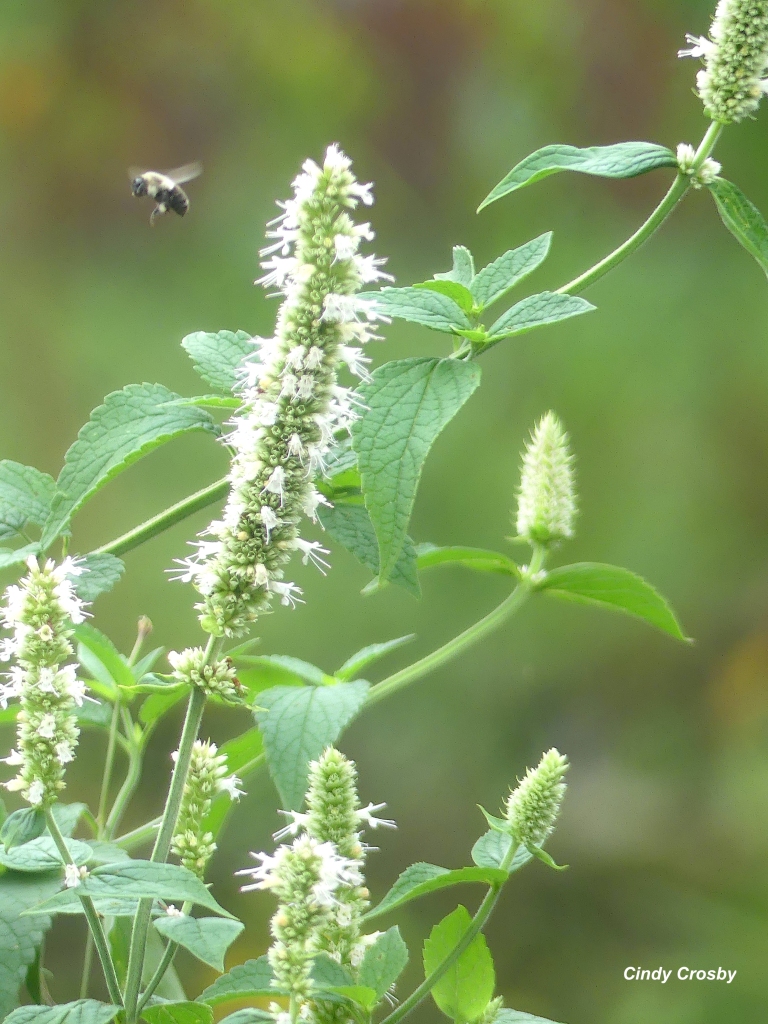
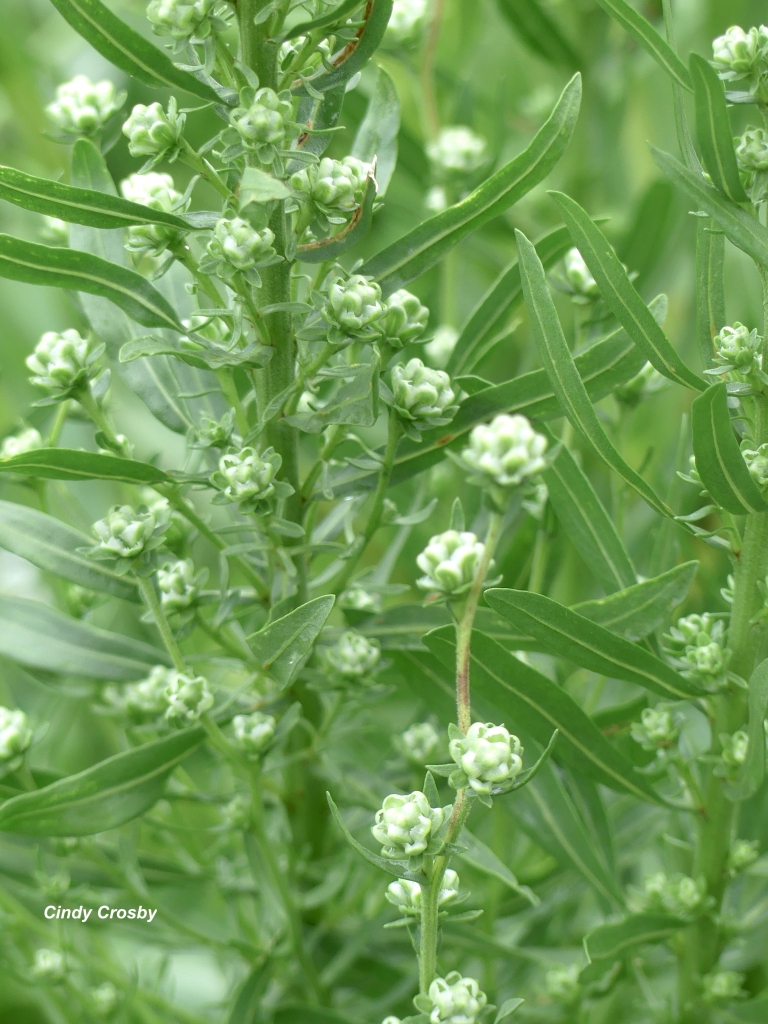
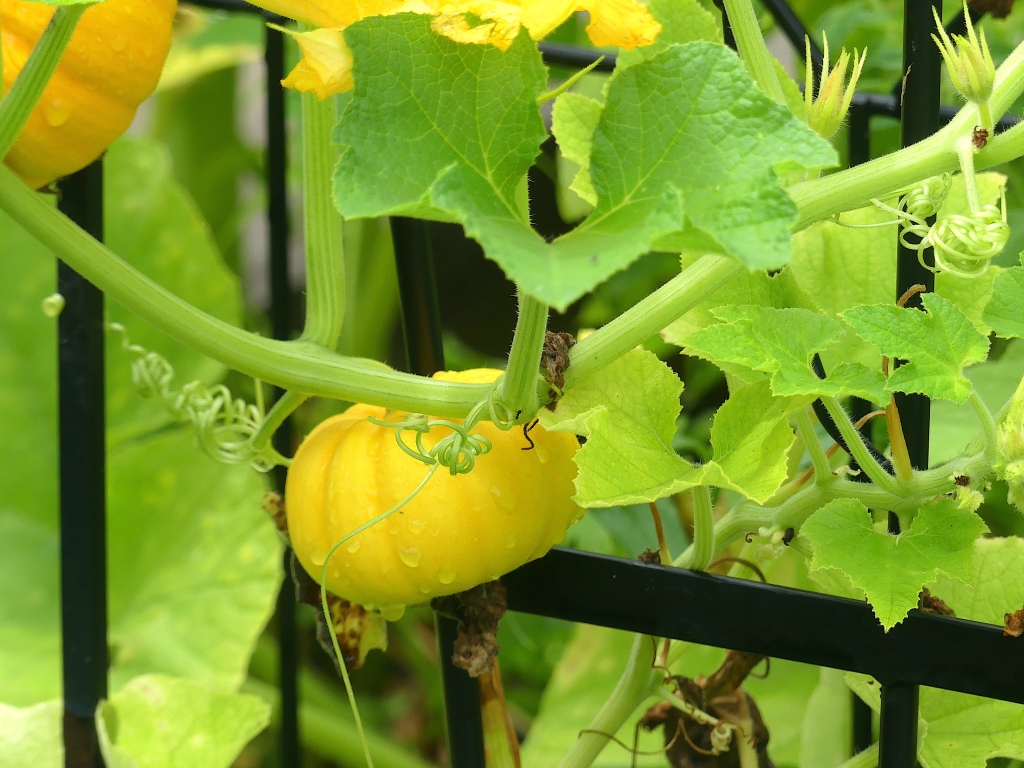
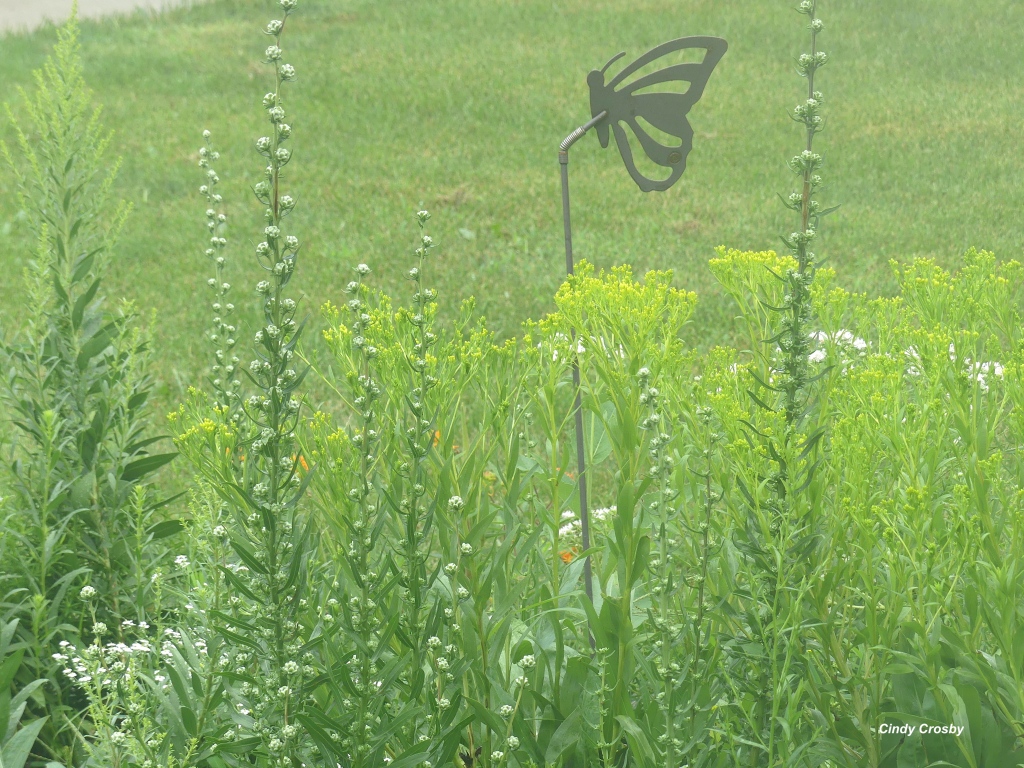
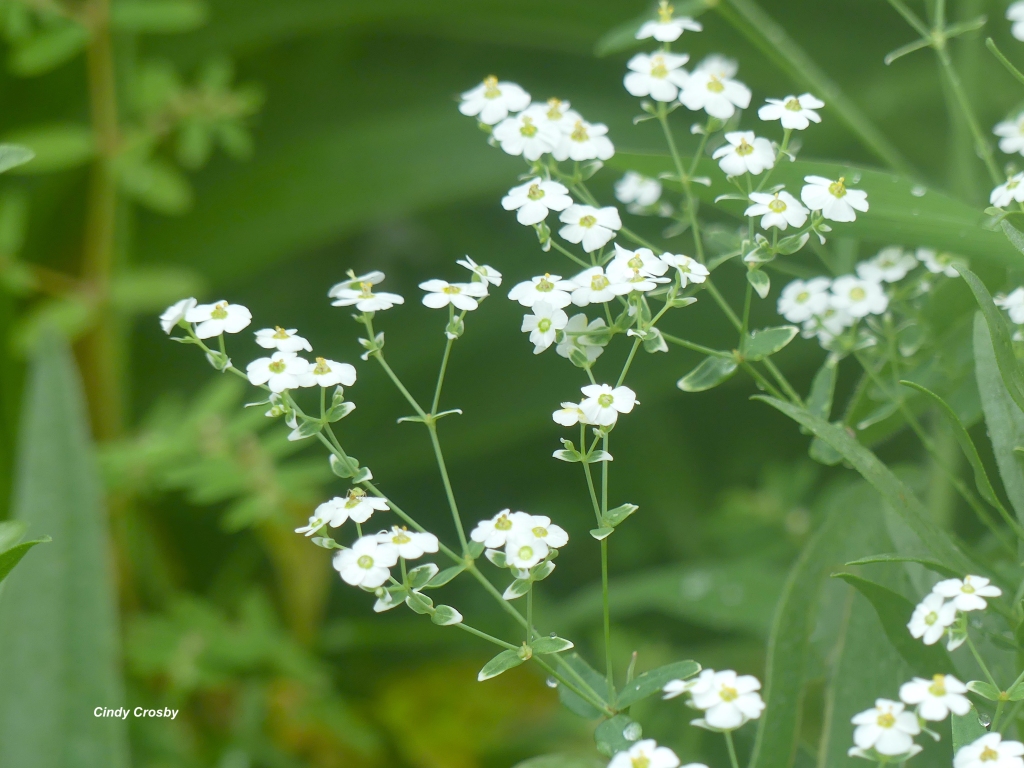

















 The wildlife noises are also different than the summer orchestra of insect songs and bee-buzz. Woodpeckers suddenly become the stars of the savanna show after hovering in the background most of the summer. They hang out on the edge of the prairie; their sharp calls pierce the cold air and their drumming adds a staccato beat to the gray days. Nuthatches chatter companionably to each other. Their calls remind me of clown bicycle horns (
The wildlife noises are also different than the summer orchestra of insect songs and bee-buzz. Woodpeckers suddenly become the stars of the savanna show after hovering in the background most of the summer. They hang out on the edge of the prairie; their sharp calls pierce the cold air and their drumming adds a staccato beat to the gray days. Nuthatches chatter companionably to each other. Their calls remind me of clown bicycle horns (
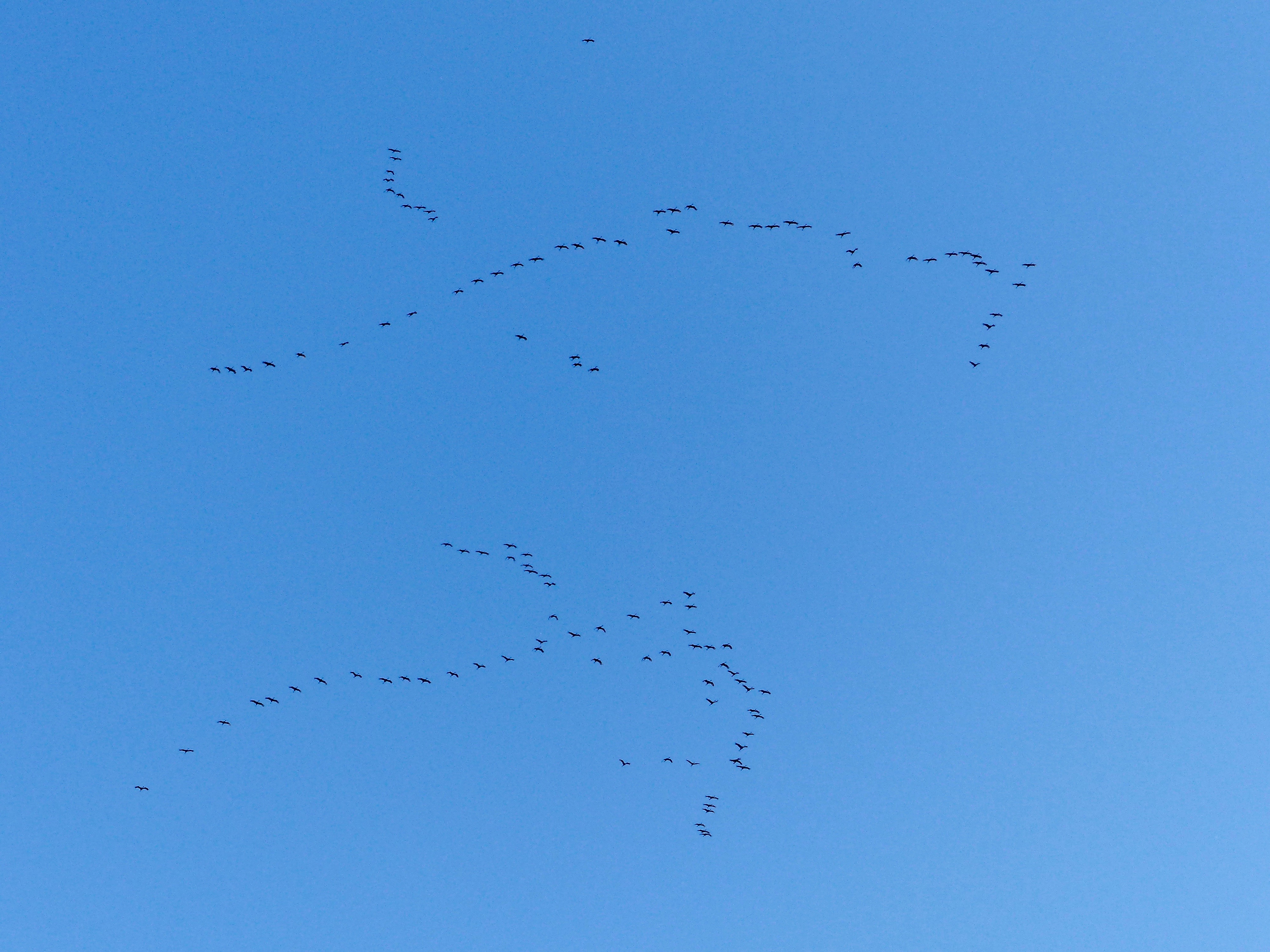
































 I’m content knowing I’m storing this walk, this sunset, this experience away in my memory. Building my relationship with the land. Continuing to develop a “feel” for a place I’ve loved for a long time, and still want to know better.
I’m content knowing I’m storing this walk, this sunset, this experience away in my memory. Building my relationship with the land. Continuing to develop a “feel” for a place I’ve loved for a long time, and still want to know better.